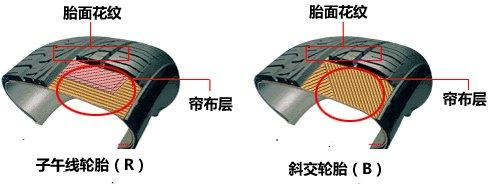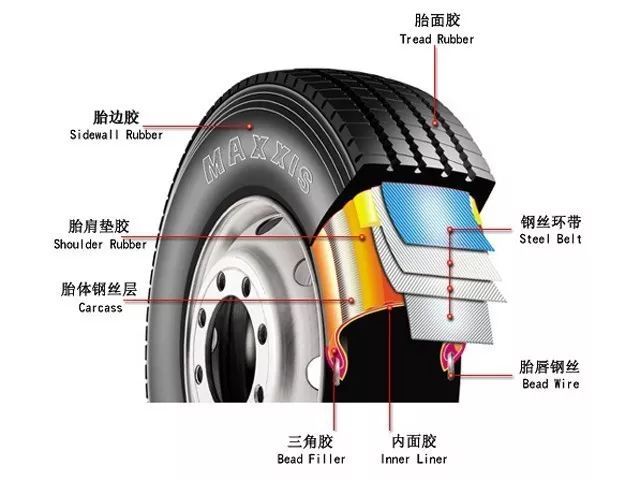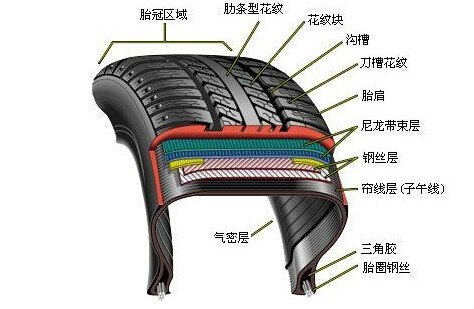
The development of automotive tires has gone through a century of history, playing a decisive role in the stability and smoothness of vehicles. Therefore, tires are a very important core component in automobiles. Nowadays, many car owners are increasingly concerned about the structure of car tires when buying a car, in addition to the three major components of the engine, chassis, and gearbox.

Car enthusiasts who have a little understanding of car tires know that the structure of car tires can be divided into radial tires and diagonal tires. Currently, most of the tires used on the market are radial tires, which has caused many car owners to struggle. Which is better, radial tires or diagonal tires? What is the difference between them?
Bias ply tire is a type of tire with an old-fashioned structure, which refers to a pneumatic tire with adjacent ply cords intersecting with the cushion layer and arranged at an angle of less than 90 degrees to the centerline of the tread. The cord layer is the skeleton of the outer tire, used to maintain the shape and size of the outer tire. In the early days, cotton fiber was used to weave the cord as the main load-bearing component of the tire. However, due to the low strength of the cotton fiber cord, the number of layers of the cord was increased, and the warp lines of the cord layer were arranged at a certain angle to cross each other, resulting in relatively concentrated tire stress. Later, when using high-strength cord materials such as nylon and polyester fiber, the load bearing capacity of the tire was greatly improved, and it had good longitudinal rigidity, making it suitable for driving on ordinary roads.

The arrangement of the cords in the tire body of a radial tire is different from that of a diagonal tire. Its cords are not intersecting with each other, but are closely parallel to the cross-section of the outer tire, similar to the arrangement of the Earth's meridian, with a cord angle of generally 0 degrees. Moreover, the tire crown and sidewall are relatively independent, and a steel wire layer is generally added to the crown section to enhance puncture resistance. Therefore, radial tires have thicker tire crowns, good wear resistance, low rolling resistance, and longer service life compared to diagonal tires. At the same time, due to the effect of the bundle layer, the distribution of grounding pressure is relatively uniform, thereby improving adhesion and reducing sideslip.

Generally, diagonal tires have high sidewall stiffness and poor comfort when riding, especially when driving at high speeds where the temperature of the tires is relatively high, making it difficult to dissipate heat. In addition, bias tires are mostly composed of nylon cords as a load-bearing layer, and under alternating cold and hot environments, the tensile force will decrease, which can easily lead to tire blowout accidents. The disadvantage of radial tires is that the sides of the tires are thin and prone to cracking, resulting in poor lateral stability of the car and high production costs.